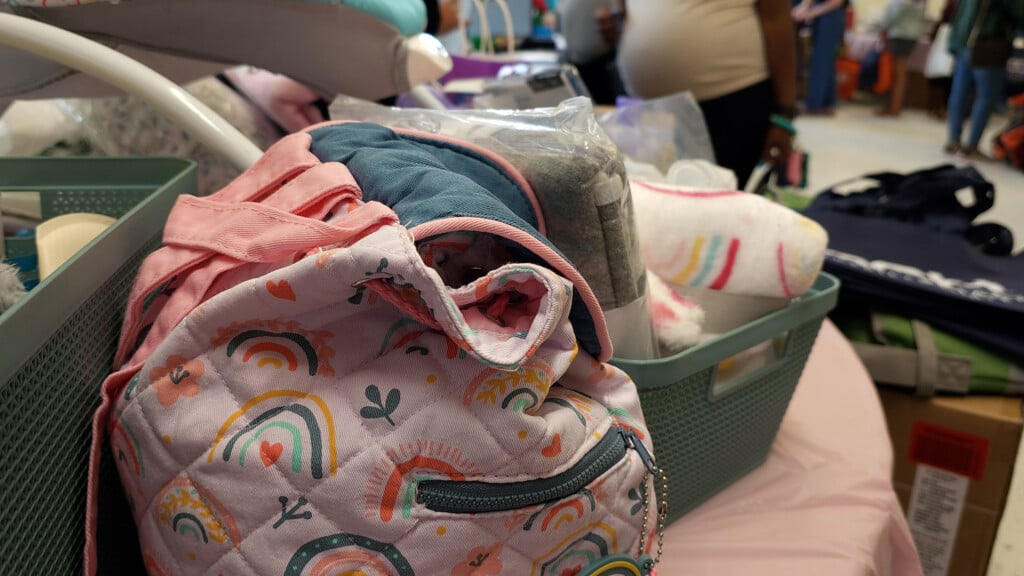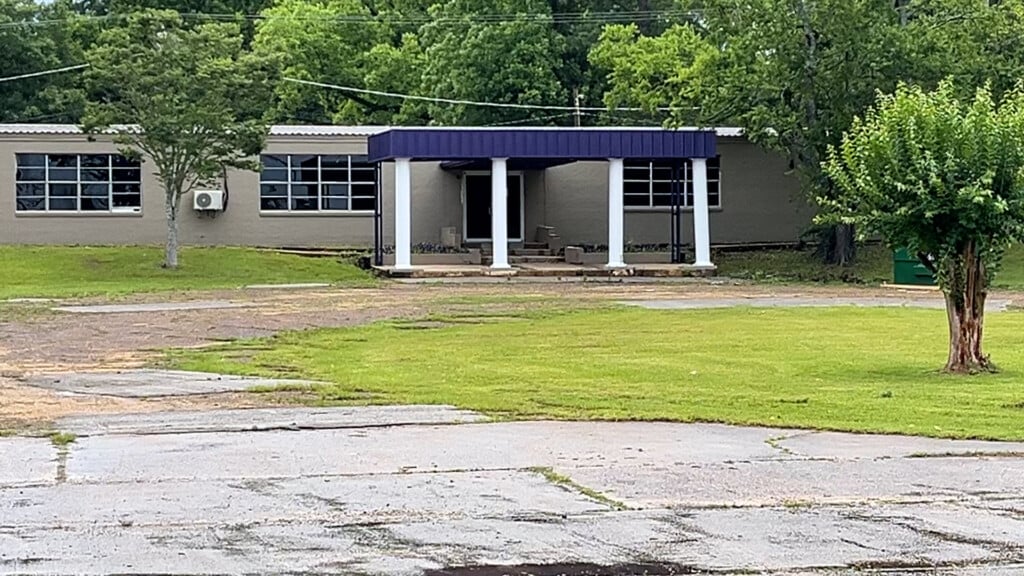MSU Expert Offers Tips on Violence Misconceptions, Solutions
STARKVILLE, Miss.–Following reports of several National Football League stars allegedly hitting their partners, many U.S. media have focused even more closely on intimate partner violence during the October observance of Domestic Violence Awareness Month.
According to the Centers for Disease Control and Prevention, or CDC, every minute in the U.S., close to 20 people–nearly half of whom are college-aged women 18-24–become victims of physical violence by loved ones.
However, one leading U.S. authority in stalking research is sharing her wealth of knowledge to address common misconceptions about the perpetrators and the victims.
Colleen Sinclair, research fellow at the Mississippi State University Social Science Research Center, also offers suggestions about how friends, family, loved ones and even the victims themselves can become part of the solution.
The associate professor of psychology considers “intimate partner violence” to be a much more appropriate term than “domestic violence” because, she said, “domestic” implies meekness or home-related. Sinclair prefers using a variation of the CDC definition instead.
“The term ‘intimate partner violence’ describes physical, sexual or psychological–including social, relational and verbal–harm by an aspiring, current or former partner or spouse,” Sinclair said. “This type of violence can occur among heterosexual or same-sex partners and does not require sexual intimacy.”
Stalking behaviors, such as following, tracking and/or threatening a partner, both precedes and follows intimate partner violence in 30 to 40 percent of the incidents, Sinclair explained. While many people think stalkers work alone, a recent national study by Sinclair and Lorraine Sheridan demonstrates that most stalkers have help from friends and family to track victims.
If a partner is concerned about stalking, Sinclair recommends keeping a stalking journal and filing for a restraining order, which is listed with the FBI National Crime Information Center accessible only to police.
When a victim tries to leave the relationship, she said that person’s chances of being murdered increase by 75 percent.
Sinclair said myths about intimate partner violence fall into three major categories: misconceptions about the victim, minimization of the crime and rationalizations for the perpetrators.
“Blaming the victim for the abuse can include blaming the victim for staying in the abusive relationship or viewing the victim as a masochist who must enjoy it somehow,” she said. “People make the fundamental attribution error and attribute the reasons why the victims stay to the victims, ignoring the situation they are in.”
Assuming all victims are necessarily women is another common misconception, and, regardless of gender, victims’ sense of shame often stops them from acting. Because society, like the abuser, often blames the victim, the person being abused feels he or she is responsible, Sinclair said.
Physical abuse doesn’t begin on the first date, she added, and the psychologically abused victim, like the physically abused one, also suffers from intimate partner violence. Jealousy can be an indicator.
“Sometimes, people think that if their partner always wants to know where they are and gets upset that they are spending time doing other things with other people, it is a sign that the partner really cares about spending time together,” Sinclair said. “However, in healthy relationships, there is a balance of autonomy and connectedness.
“Partners in love want the others to do what makes them happy, and they are not threatened when that pursuit of happiness means time apart.”
Another possible precursor to intimate partner violence is the manipulative, coercive isolation by the perpetrator that forces a victim to become entirely dependent. From controlling the finances to cutting out loved ones, the abuser seeks to stop the victim from accessing support networks.
Even though the media perpetuates these fallacies by portraying female victims who do not stand up to abusers, Sinclair presented several potential solutions for people concerned about the victims.
“Be patient. Let your loved one know that you are there for them no matter what,” she emphasized. “They may not get out as quickly as you would like, but abusive relationships do not, on average, last any longer than regular relationships. They will eventually want to leave, and knowing you would be there to help them do that, will be one way of not letting the abuser win.
“The abuser wants you to give up on your loved one. Don’t.”
Sinclair also suggested curbing criticism of the individual being abused and working together with the other people who care about the victim. As a whole, the social network created can intervene more effectively than one individual.
Finally, try to get the victim to see a different perspective. Encourage the victim to write using a third-party, objective observer perspective in a seven-minute writing exercise focused on the most recent conflict with his or her partner. Also, Sinclair recommended loved ones ask questions like, “Would you want my partner treating me the way yours treats you?”
When violence seems to be increasing and intensifying, especially when the abuser has access to weapons or a history of substance abuse, victims or their loved ones should call a safe-house crisis line, victim advocates or the police, Sinclair said.
“Understand that when they attempt to leave is when things are most dangerous. Identify a safe place for your loved one to go where the abuser won’t know to look for them,” she said.
Visit www.ssrc.msstate.edu to learn more about Sinclair’s work at MSU. Click on “Research Programs,” then “Crime and Justice Research Unit” and “Stalking & Hate Crimes.”





Leave a Reply